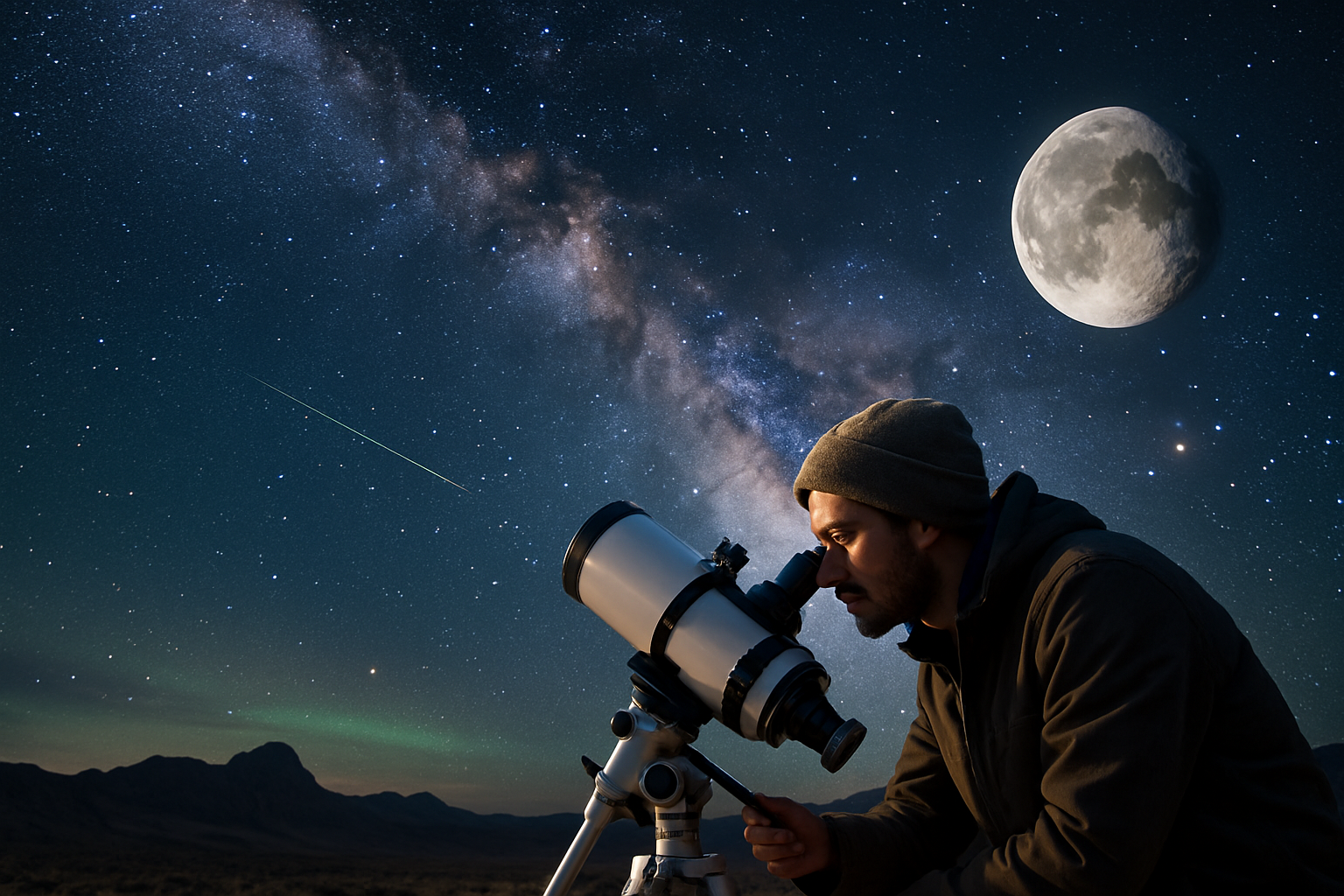Astrotourism: Stargazing Adventures Beyond Earth's Atmosphere
Imagine floating weightlessly in a luxurious space hotel, gazing at the Milky Way through a panoramic window. This isn't science fiction - it's the future of astrotourism. As space technology advances, a new frontier of travel is emerging that promises to take adventurers beyond Earth's atmosphere for unparalleled cosmic experiences. From suborbital flights to lunar excursions, astrotourism is set to revolutionize the way we explore the universe and our place within it.

The Current Landscape of Astrotourism
Today, several private companies are racing to make space tourism a reality for a broader audience. Virgin Galactic, Blue Origin, and SpaceX are at the forefront, developing spacecraft capable of suborbital and orbital flights. These ventures aim to provide passengers with breathtaking views of Earth from space and a few minutes of weightlessness. While still expensive, prices are expected to decrease as technology improves and competition increases.
Beyond Suborbital: Lunar and Mars Tourism
As astrotourism evolves, more ambitious projects are on the horizon. NASA’s Artemis program aims to return humans to the Moon by 2024, potentially paving the way for lunar tourism. Private companies like SpaceX are also setting their sights on Mars, with plans to establish a human presence on the Red Planet. While these destinations are still years away from welcoming tourists, they represent the next giant leap in space exploration and travel.
The Impact on Earth-Based Tourism
Astrotourism isn’t limited to off-world experiences. The growing interest in space has led to an increase in Earth-based space-themed attractions. Spaceports, like Spaceport America in New Mexico, are becoming tourist destinations in their own right. Dark sky reserves, areas protected from light pollution, are gaining popularity among stargazers and astrophotographers. These terrestrial options provide a taste of space exploration for those not ready or able to leave Earth’s atmosphere.
Challenges and Considerations
While the prospect of space tourism is exciting, it comes with significant challenges. Safety is paramount, as space travel inherently carries risks. The environmental impact of frequent rocket launches is also a concern, prompting research into more sustainable propulsion methods. Additionally, the high cost of space tourism raises questions about accessibility and equity in this new frontier of travel.
Cosmic Travel Tips
-
Start with Earth-based astrotourism experiences to build your space knowledge
-
Consider joining space advocacy groups to stay informed about industry developments
-
Invest in a good telescope for stargazing practice
-
Participate in citizen science projects related to space exploration
-
Stay physically fit, as space tourism may require passing medical evaluations
-
Save early and invest wisely if you’re aiming for a future space trip
-
Learn basic astronomy to enhance your cosmic travel experience
-
Keep an eye on emerging space tourism companies and their offerings
As we stand on the brink of a new era in travel, astrotourism offers a unique opportunity to expand our horizons literally and figuratively. From the thrill of weightlessness to the profound perspective of seeing Earth from space, these experiences promise to transform not just how we travel, but how we view our place in the universe. As technology advances and access expands, the stars are no longer the limit - they’re the destination.





